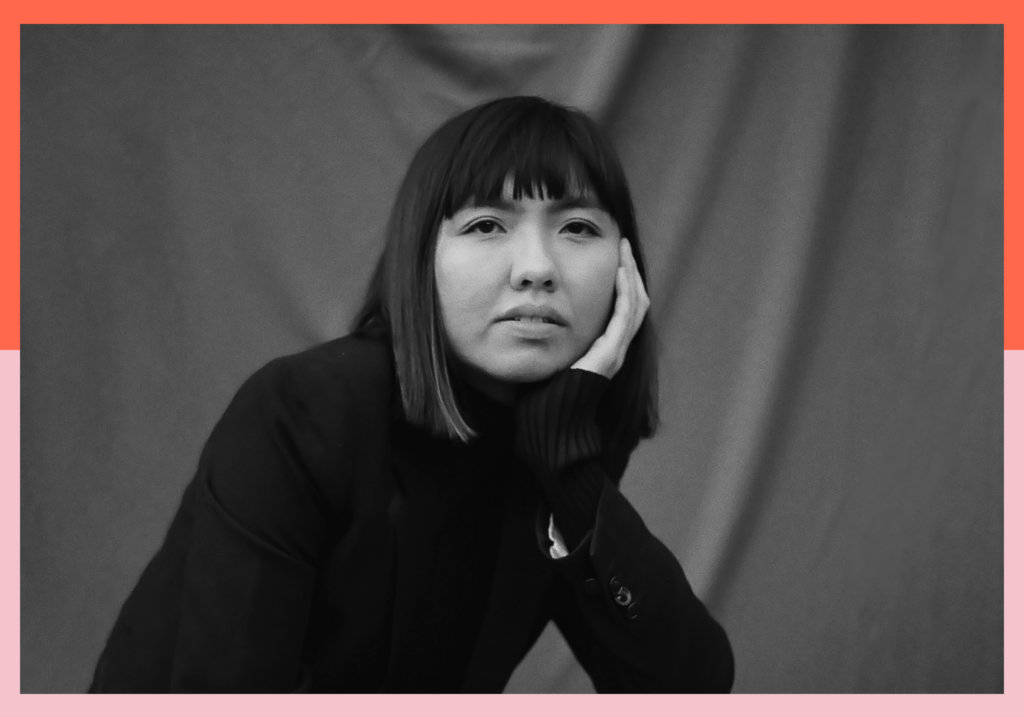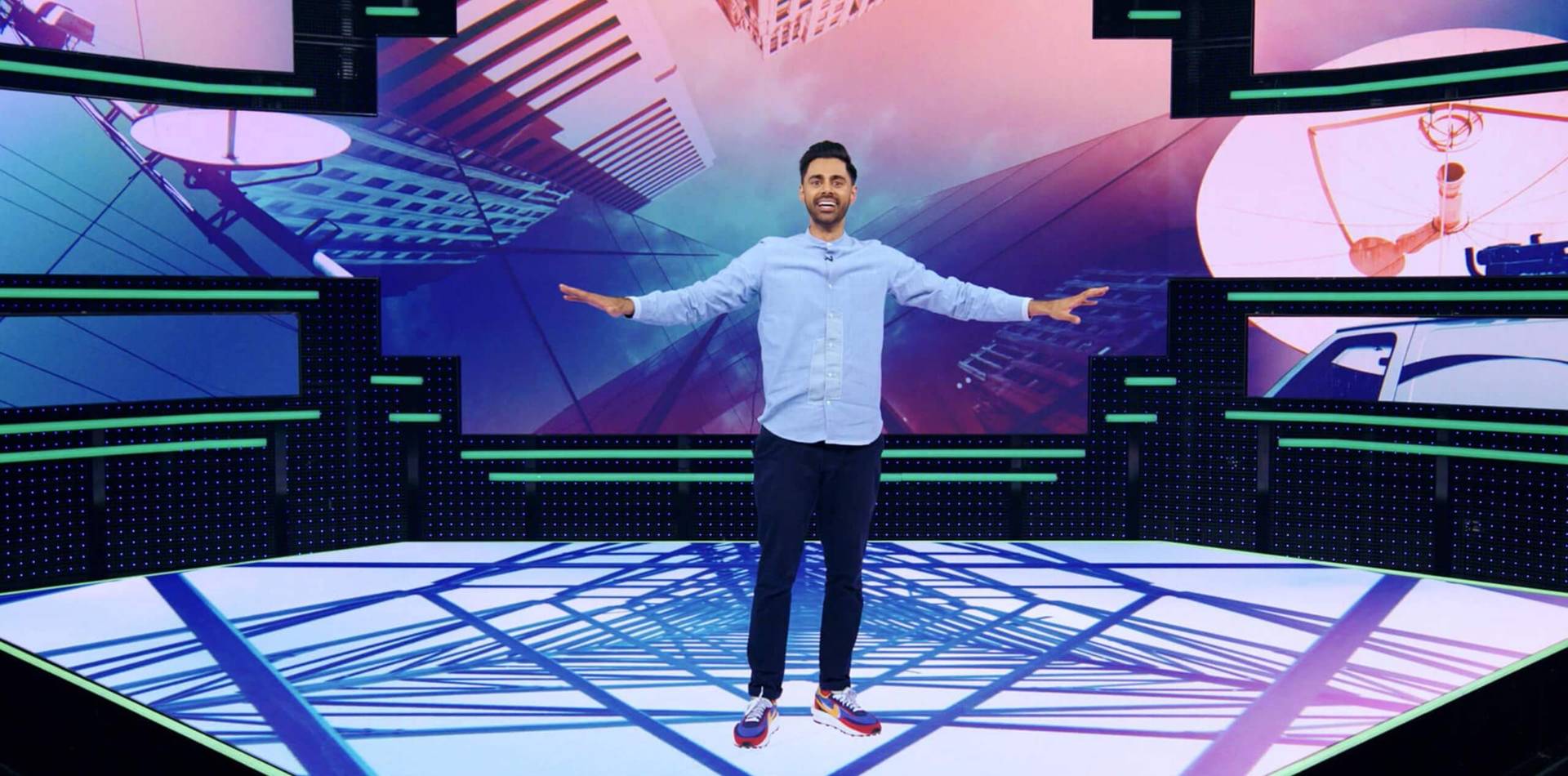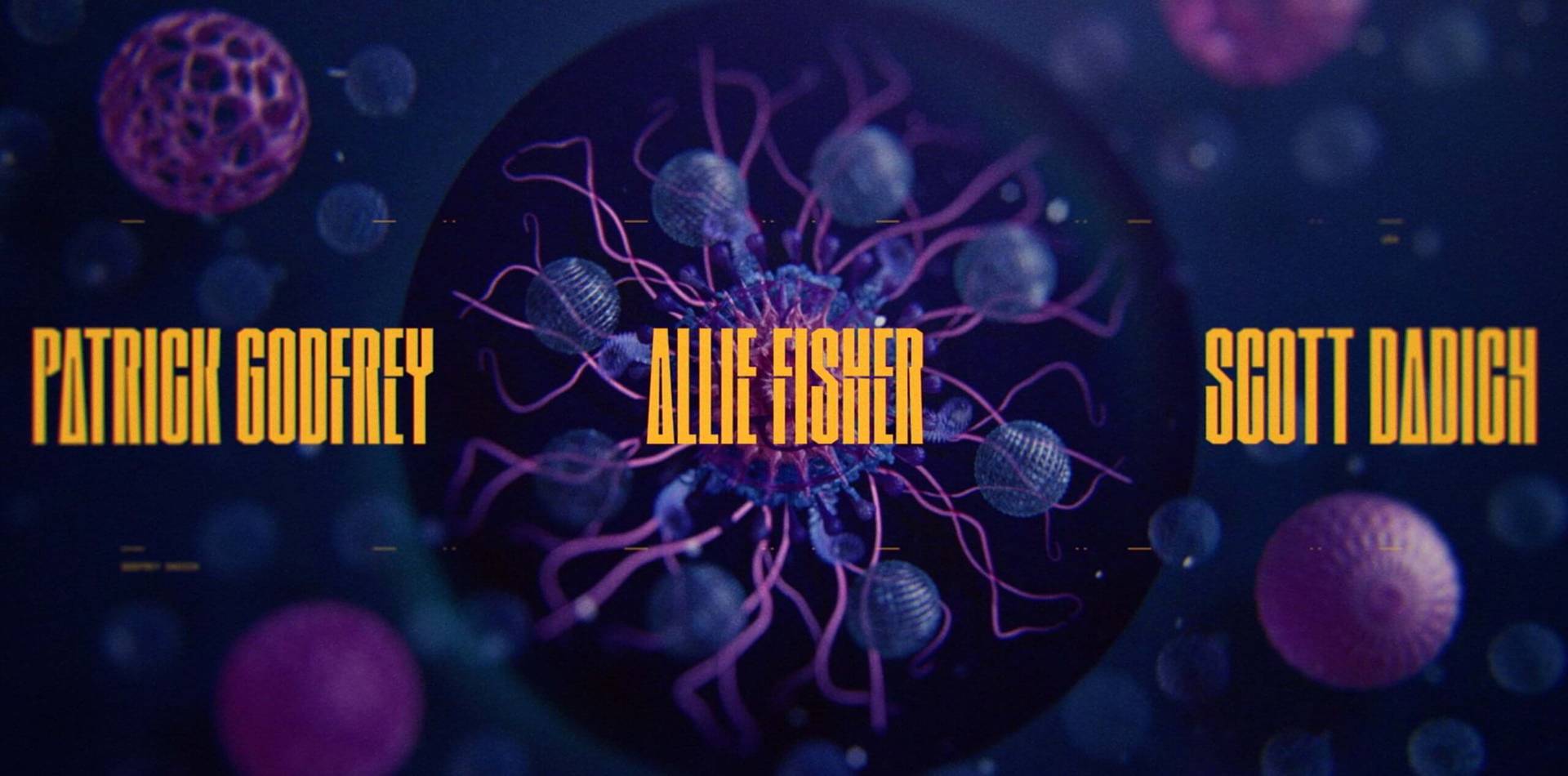Joyce N. Ho is a Hong Kong born Australian director and designer based in New York City. She has always identified as a creative person but being immersed into 90s cartoons as a child planted the seed that animation and design could be a north star in her path. As she went on to university to pursue fine arts, she was torn between her interests in design and animation. It was at this point that she discovered motion design, which fuses together the things she loves about both disciplines.
Joyce started her career journey at Breeder, a motion studio in her hometown of Brisbane, Australia. After spending six years developing her craft, she decided to go freelance and moved to NYC to expand her network and range of experiences. At the 5-year mark of her independent practice, Joyce made it a goal to find her voice in creative leadership. Coincidentally NYC creative agency BUCK offered her an opportunity to grow in a senior role. She is now sharing the knowledge she has gained mentoring the next generation of creatives as an Associate Creative Director at BUCK.
Through her design-focused and motion-led lens, Joyce places storytelling, conceptual thinking and experimentation at the forefront of her work. Because of this, her work has been recognized and awarded by The One Club (Young Guns 17 and ADC Awards), the Television Academy (News & Documentary Emmy Award), SXSW Film Festival, and many more…

We talked with Joyce to hear more about the key moments in her career and her experiences in becoming a creative leader in the design industry.
What initially sparked your interest in pursuing a career as a motion designer?
I’ve always been a creative person and as a kid I loved to draw and make paper crafts. Growing up in the 90’s, I watched a steady stream of cartoons – it was my favourite time of the day. Those shows planted the idea in my head of becoming an animator.
As for design, my first steps into that were in middle school. My older brother gave me a book on the basics of Photoshop, which opened up to me the world of digital imagery, from which I never looked back!
Where did it all begin? What were your first steps into the design industry?
After I graduated university, my first job was at a small motion design studio called Breeder in my hometown of Brisbane. This was where I learnt how to work in a studio and collaborate with others. I worked on a wide range of projects, which helped me figure out my strengths and weaknesses; what I liked and what I didn’t like to do as a designer.
Have there been any key moments in your career that have helped you progress to where you are now?
When I was at university studying fine art, I was torn between my interest in design and animation – neither felt like a perfect fit for me. It was then that I discovered motion design in one of my first-year subjects. It encompassed all the things that I loved about both. Finding out about it early on in my schooling, helped me hone in and focus on that.
Patriot Act with Hasan Minhaj
How have you overcomes barriers or challenges to your career?
I think it’s important to acknowledge that I’m still a work in progress, as we all are. So, there are plenty of things I feel like I’ve yet to overcome. But that’s okay as long as I’m growing as a person and designer.
One challenge that comes to mind is that being an introverted person, can sometimes be at odds with the responsibilities of my role as a creative director. Presenting work and facing clients has always caused me anxiety. The thing that’s helped me to combat this is doing it more and more. With practise it becomes less and less scary. I’m still working on this, but I definitely see an improvement between how I used to feel and how I feel now. It’s important to recognise and celebrate these changes.
“I think it’s important to acknowledge that I’m still a work in progress, as we all are. So, there are plenty of things I feel like I’ve yet to overcome. But that’s okay as long as I’m growing as a person and designer.”
How did you progress to your current role as Associate Creative Director at Buck?
After working at Breeder for 6 years, I moved to NYC to freelance. I wanted to work with different people and studios and get a range of experience. Through my freelance work, I found more and more opportunities to lead design and direct creative projects.
By the end of five years of freelancing I knew I wanted to improve my creative leadership skills. BUCK contacted me to discuss a potential role at the moment when I was starting to set that as my next goal. It seemed like the perfect place for me to learn how to be a great creative director as I would be surrounded by some of the best of the best.
Semi-Permanent – The Beauty of the Unseen World
Can you talk to us about your experience as the first female director for the titles of Semi-permanent, what the project involved and your creative approach?
It was a dream project where I got to create opening titles for the first design conference I ever attended! With only the conference’s theme of the year ‘creative tension’ as my brief, I had the unique opportunity to form a team of super talented people I admired from all over the world: Ambrose Yu, Worship (Nicolas Girard & Rafael Ruiz), Nidia Dias, Somei Sun, Joel Watkins, Alex Gee, William Arnold, Mercy Lomelin and Davy Evans.
Semi-Permanent was a huge project where I really stretched my directorial and design skills. I wanted the titles to feel cohesive and be of one voice and not segmented with lots of different styles. My strategy to achieve this was to come up with a conceptual story that became the structure where we all designed and animated. I assigned each collaborator a section of the story, or a piece of the puzzle. For instance, Worship did all the type design and animation, which lived on top of all the shots. My hope was they would bring their own flair and strengths to that work. Along with my own section to design and animate, it was my job to direct, produce and bring it all together in one sequence. If you’re interested in more BTS on the project, there’s a full case study on my site as well as this guest post on Motionographer.
“Semi-Permanent was a huge project where I really stretched my directorial and design skills. I wanted the titles to feel cohesive and be of one voice and not segmented with lots of different styles. My strategy to achieve this was to come up with a conceptual story that became the structure where we all designed and animated.”
Personal Project – Resonance
What do you think are the most important qualities for being successful in a creative lead role?
I always lead my teams with the mindset that I don’t have all the answers, and that a great creative outcome comes out of true collaboration where everyone brings their strengths to the table. I trust my team in their abilities and expertise.
Kindness and empathy are big things. Everyone is doing their best they can; it’s important to keep that in mind when being a lead.
Finally, always show gratitude to the people who you work with. I know in the past, I always appreciated it when my creative director recognised the hard work that I put in. Everyone should be appreciated, celebrated and credited for their contributions.
Do you have any advice for women and gender expansive creatives looking to kick-start their career in design?
Be patient with yourself. Give yourself time to figure out what your style is and what your strengths are. We are all just making it up as we go along. I wish someone had told me this when I first started out as I wouldn’t have put so much pressure on myself to have it all figured out.
Find your community of trusted friends, peers and mentors you can turn to for advice and support. Your community are the people who will uplift you and who you lean on when things don’t turn out as planned (because real talk, that’s inevitable). You can’t make it through life without help and support, and it’s the same for your career!
“Be patient with yourself. Give yourself time to figure out what your style is and what your strengths are. We are all just making it up as we go along. I wish someone had told me this when I first started out as I wouldn’t have put so much pressure on myself to have it all figured out.”





